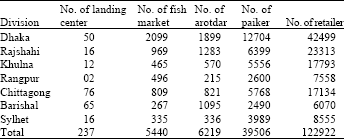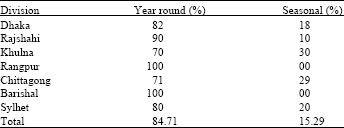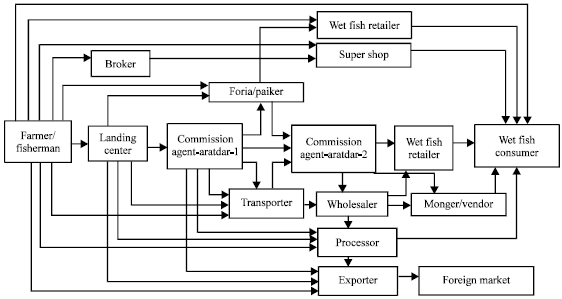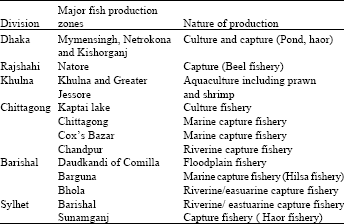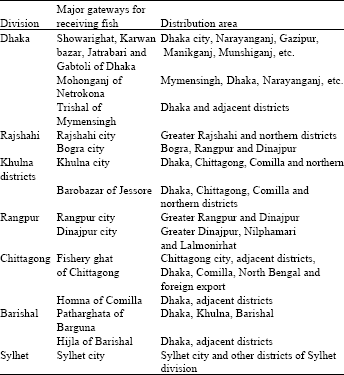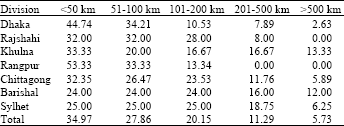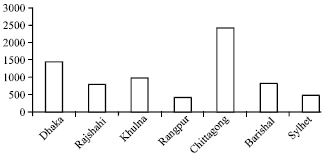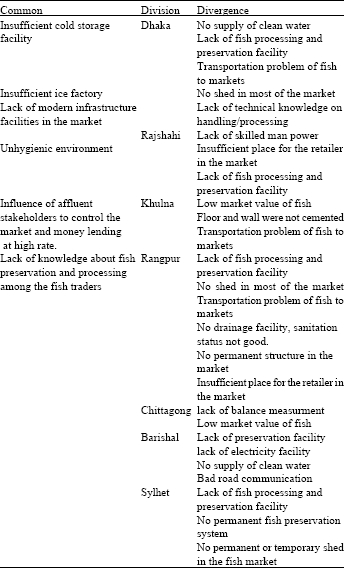Research Article
Present Scenario of Landing and Distribution of Fish in Bangladesh
Department of Fisheries Technology, Bangladesh Agricultural University, Mymensingh-2202, Bangladesh
S. Khatun
Department of Fisheries Technology, Bangladesh Agricultural University, Mymensingh-2202, Bangladesh
M.B. Hossain
Department of Fisheries and Marine Science, Noakhali Science and Technology University, Sonapur-3814, Bangladesh
M.N. Hassan
Department of Fisheries Technology, Bangladesh Agricultural University, Mymensingh-2202, Bangladesh
A.A.K.M. Nowsad
Department of Fisheries Technology, Bangladesh Agricultural University, Mymensingh-2202, Bangladesh









